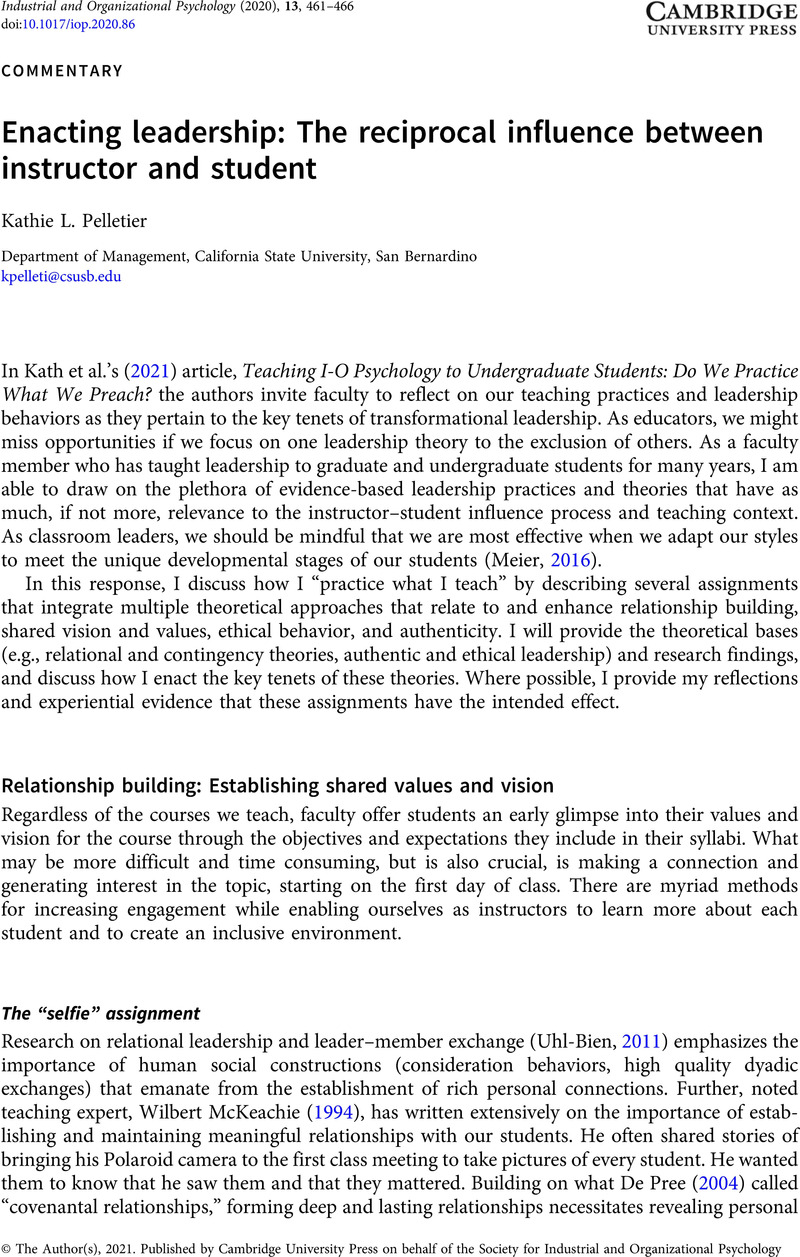Crossref Citations
This article has been cited by the following publications. This list is generated based on data provided by Crossref.
Mohammed, Rawia Abdulfatah Atoof
2024.
Reciprocal Leadership Among Workers in the Directorate of the Iraqi Ministry of Youth and Sports from Their Point of View.
Pubmedia Jurnal Pendidikan Olahraga,
Vol. 1,
Issue. 3,
p.
13.



